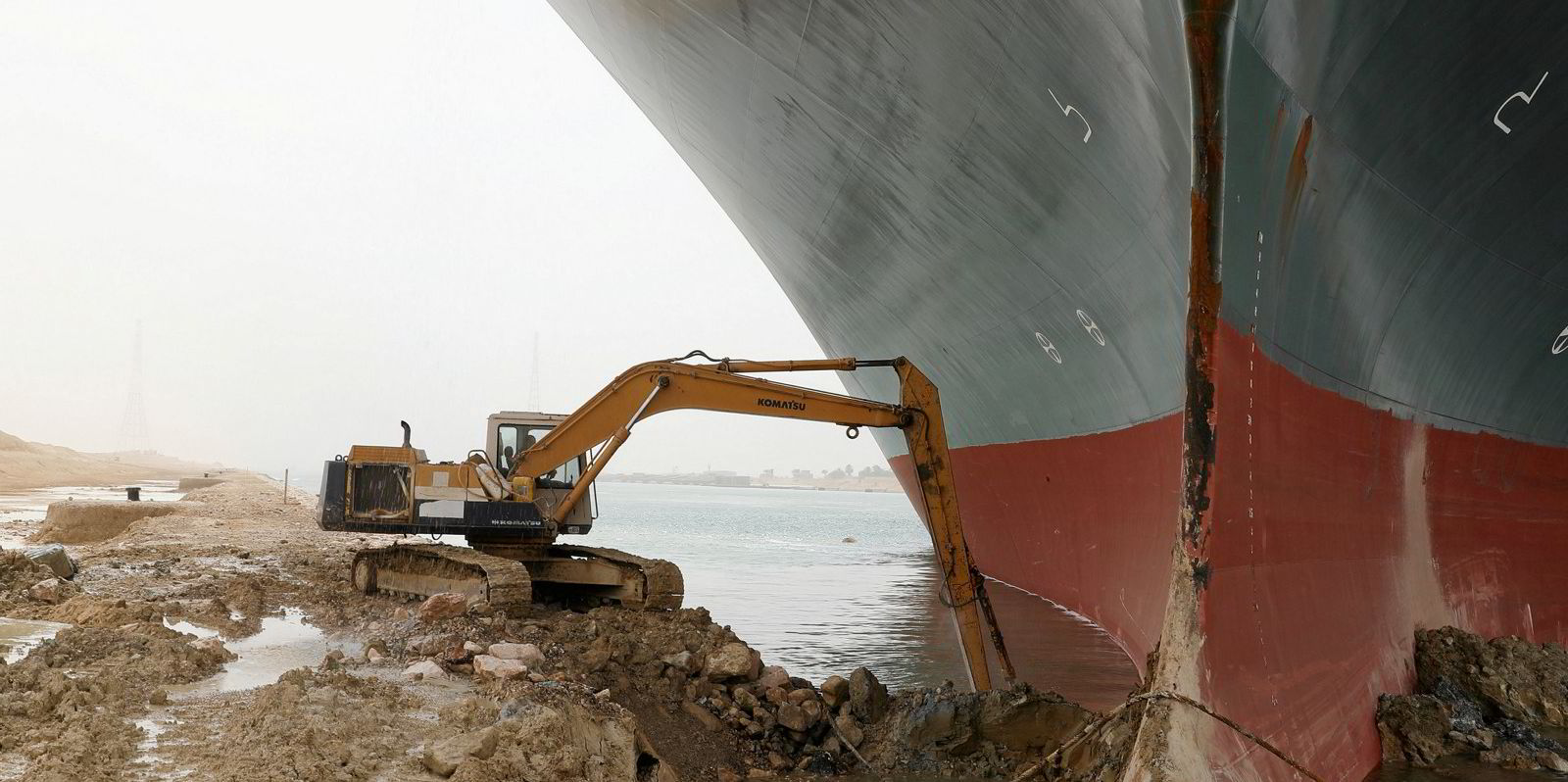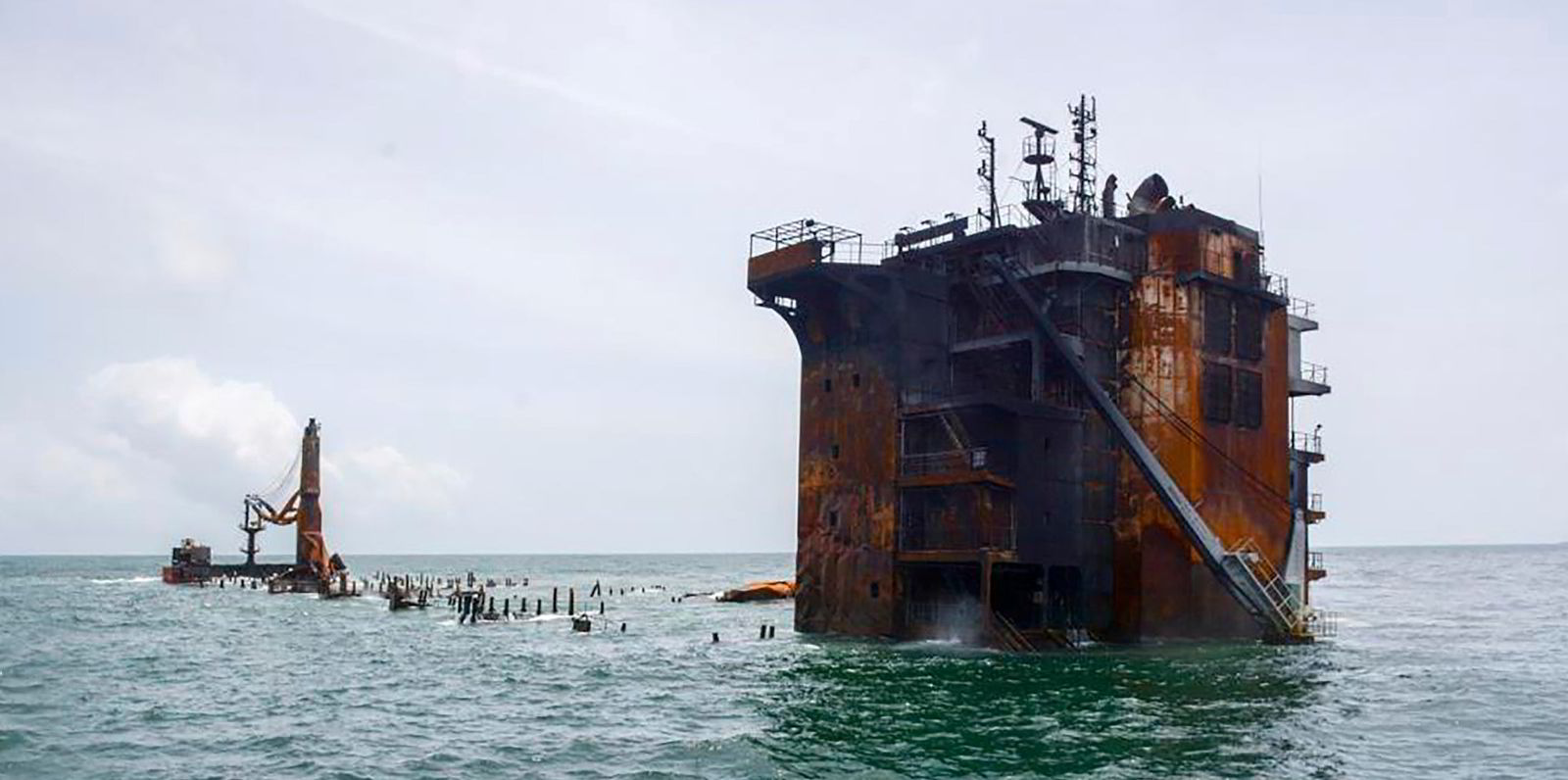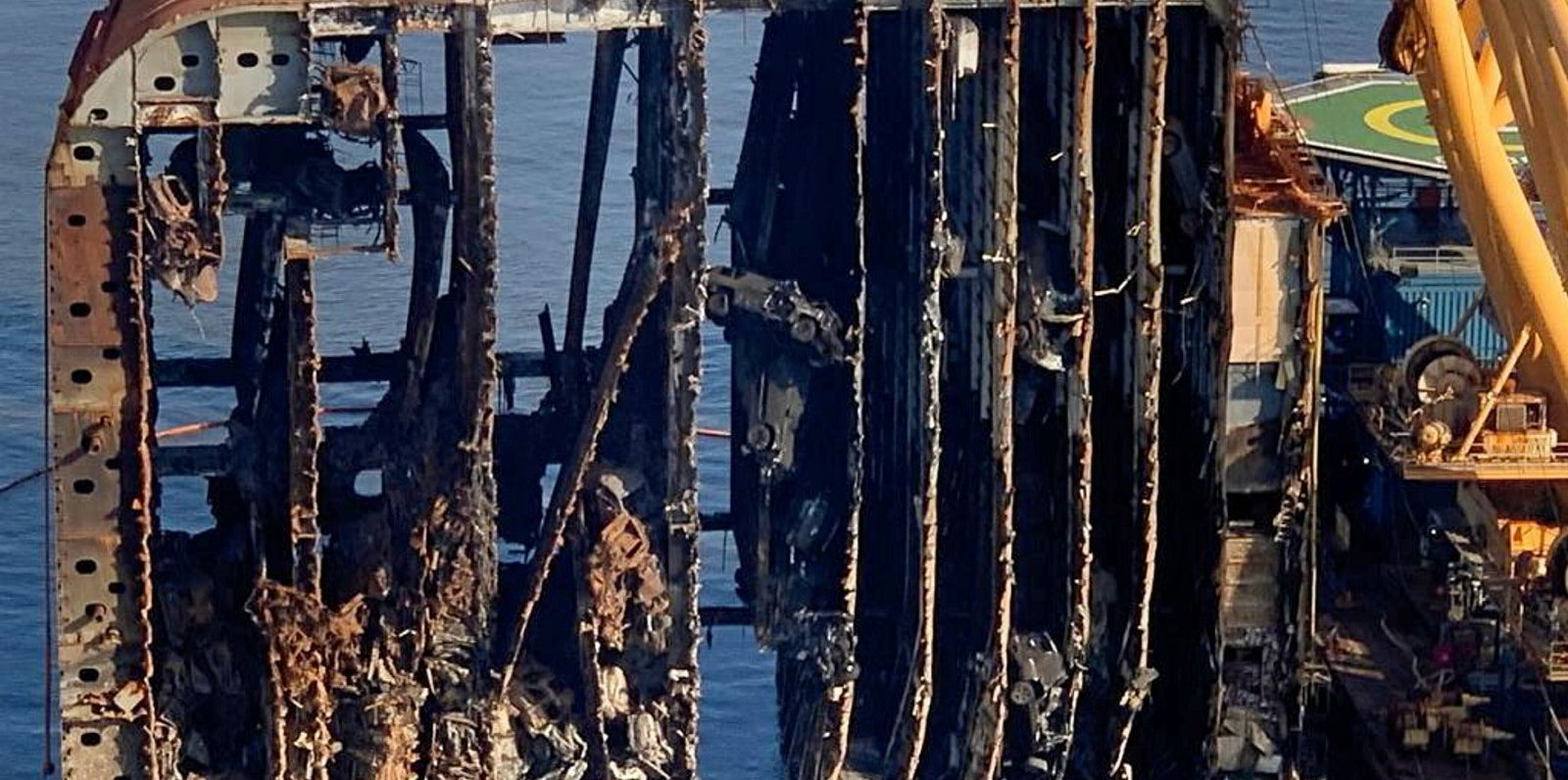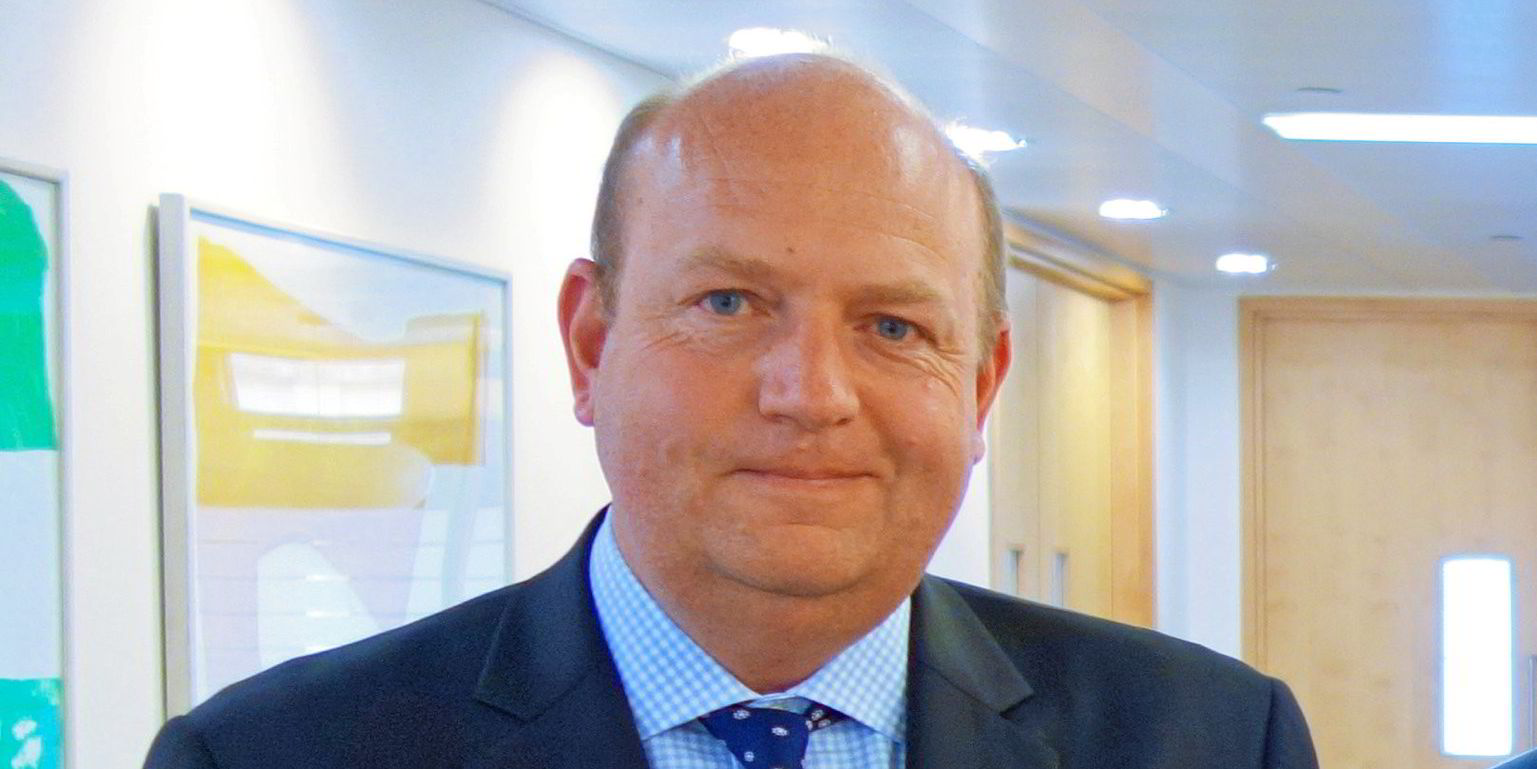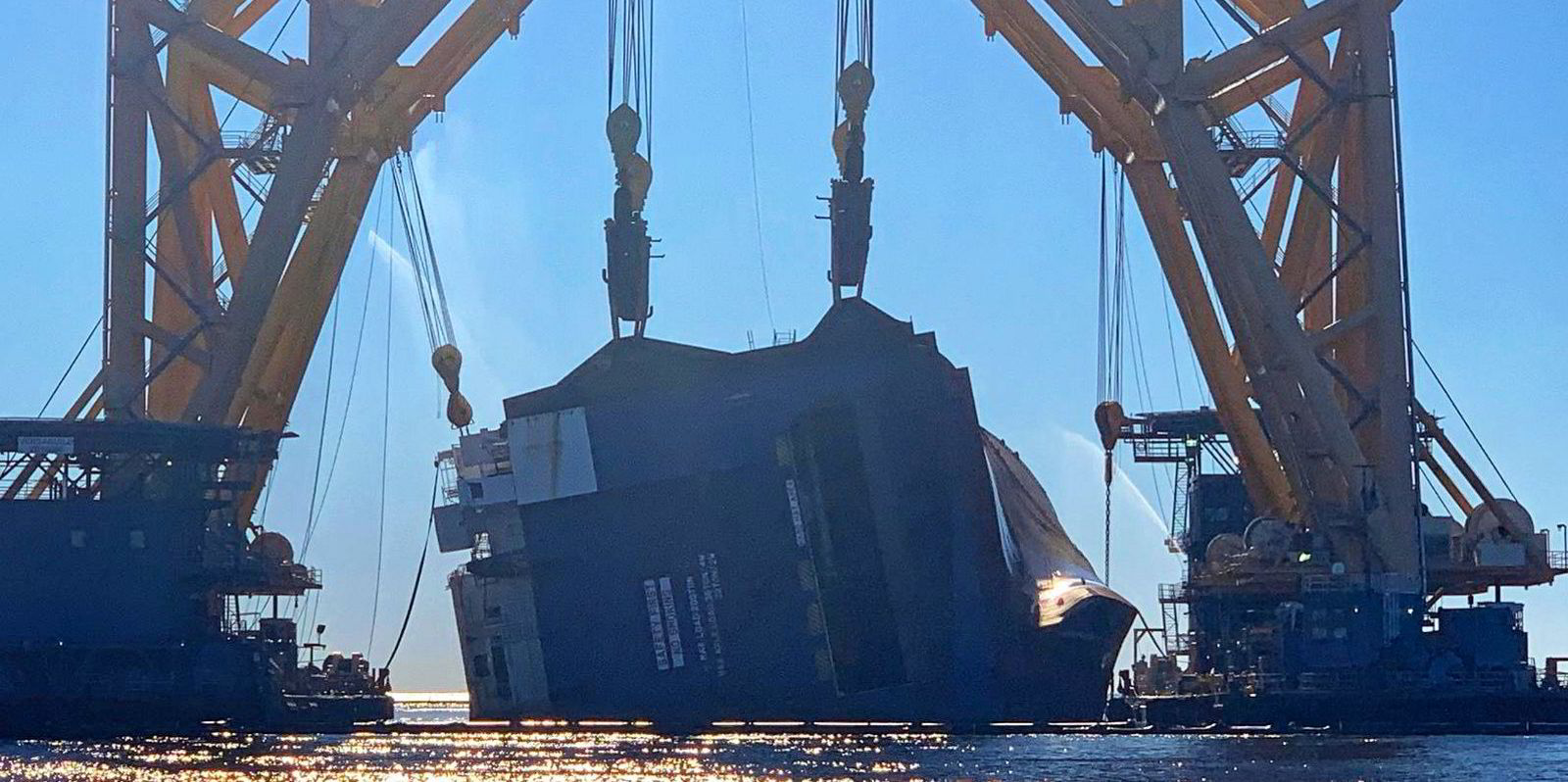Shipowners face the biggest hike in protection and indemnity premium in more than a decade at the upcoming renewal, but this year is unlikely to mark the end of increases.
Come 20 February, shipowners will be paying out between 5% and 15% more in premium as a starting point. On top of that, most shipowners will also be paying more based on their own claims record.
Even if individual member's claims records are good, their loss records will still be negatively impacted by the record levels of high claims filed under the International Group of P&I Clubs' shared pool claims.
And then there is also an increase in International Group reinsurance costs which, for container ship and tanker owners, could represent the biggest increase in all.
Things are coming to a head now because, with equity markets going through a post-Covid-19 correction, clubs are no longer able to subsidise underwriting losses through investment income.
Brokers may argue that it is a bit rich for P&I clubs to be pleading poverty when their free reserves — which are, after all, shipowner members' money — still stand at more than $5bn collectively.
Negative outlook
But many clubs are now seeing underwriting losses start to erode capital reserves — and for some the situation is more critical than others.
Standard & Poor's Global Rating's negative outlook on most of the clubs is adding to the pressure. That has left the leading mutuals fearful of losing their coveted A-rated status, which many members require of their insurance providers.
But it is the rising cost of casualties that has spooked clubs — and their reinsurers — into bringing premium levels back to more sustainable levels.
Eye-watering costs
The eye-watering $800m bill to remove the 7,700-ceu Golden Ray (built 2017) from the US port of Brunswick — making it shipping's second costliest wreck removal ever — is being taken as a measure of the potential claims costs insurers now face.
There is an argument that costly claims come in cycles, and the past two years of record-breaking International Group claims will peter out. Incidents such as the Golden Ray, it is claimed, are exceptional and come around once a decade at the most.
But casualties such as the 14,000-teu ONE Apus (built 2019), 203,000-dwt Wakashio (built 2007), 20,388-teu Ever Given (built 2018) and 2,743-teu X-Press Pearl (built 2021) have highlighted the potentially massive scale of claims and higher expectations of coastal states, in every corner of the globe, for environmental protection and compensation.
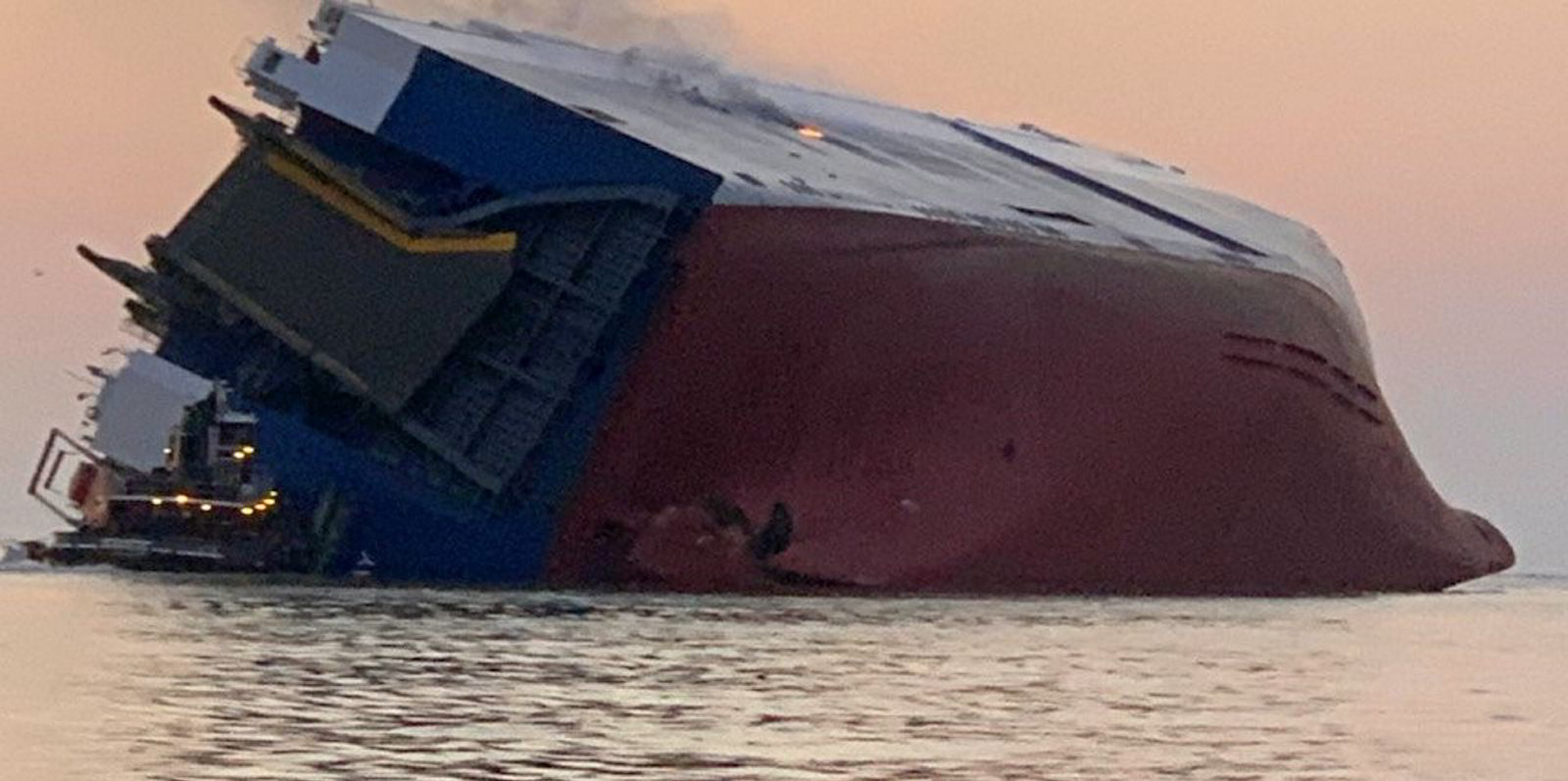
There are also fresh threats, such as cyber-attacks. The reinsurance market has introduced cyber exclusion clauses for many of its policies because of the potential cost of such claims.
At the recent renegotiation of its $3bn General Excess of Loss reinsurance programme, the International Group managed to maintain some cyber cover with its reinsurers, and the clubs have collectively found a way to make up the shortfall.
Cyber-attack
But the extent and cost of cyber cover in shipping is an ongoing discussion in the primary and reinsurance markets.
While there has not been a malicious cyber-attack directly on a ship, the potential threat is growing rather than receding with increasing digitalisation.
And there are plenty of nightmare scenarios about a potential P&I claim that could result from such an attack on shipping's prime assets.
All of these factors are combining to make P&I clubs more resolute in their determination to get premium rates up.
There is even a feeling among the shipowner membership that rates have been too low for too long.
Fair mechanism
The key issue for the clubs is, once they get premium to a level that brings underwriting back into break-even, to find a fair mechanism to automatically return cash to members once capital levels reach a pre-agreed level.
Some clubs, most notably two of the most successful, Gard and Britannia, already have such a mechanism in place.
If shipowners are assured the P&I clubs will not sit on surplus cash reserves once they are in a position to turn a profit, it might make the current increases more palatable.
